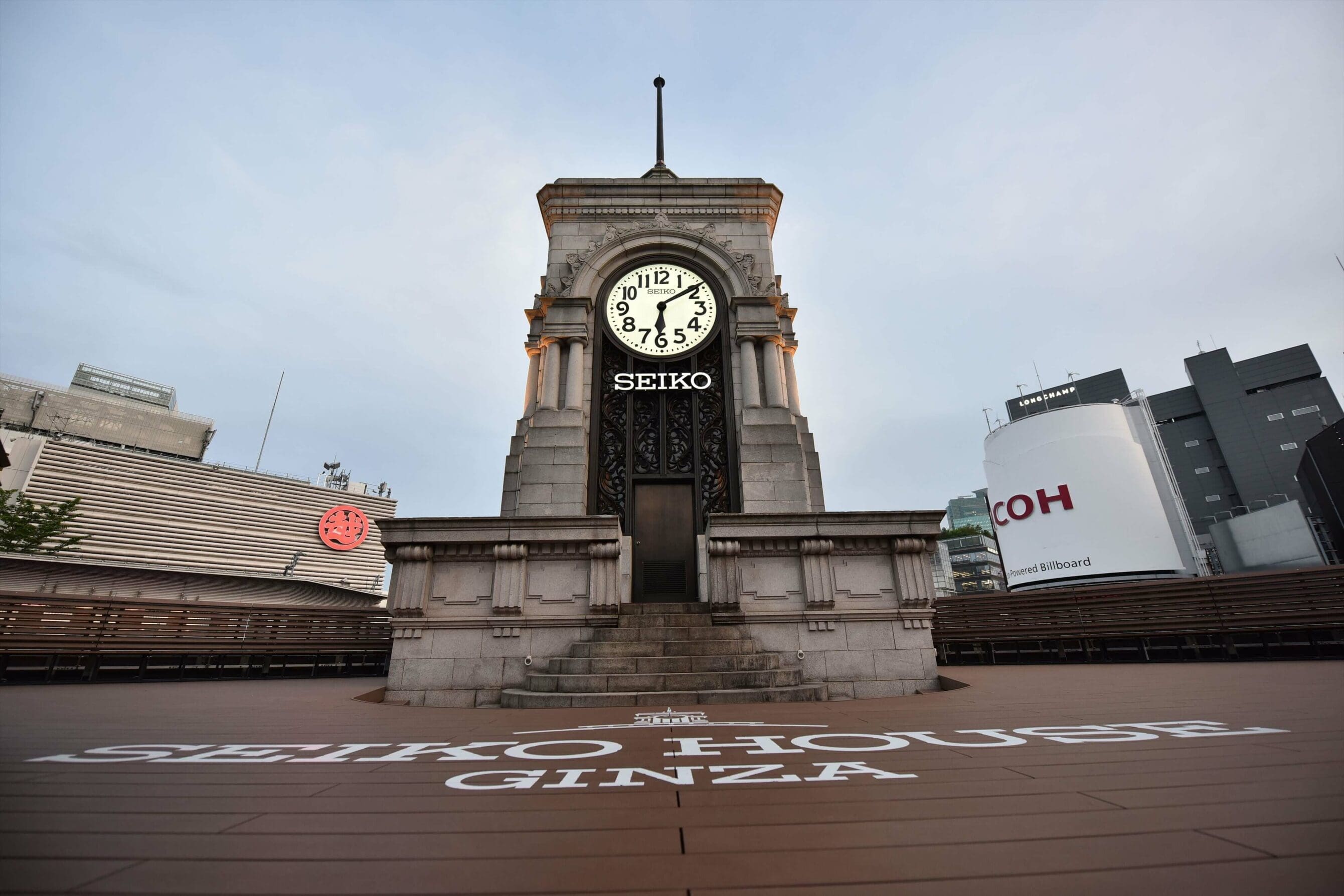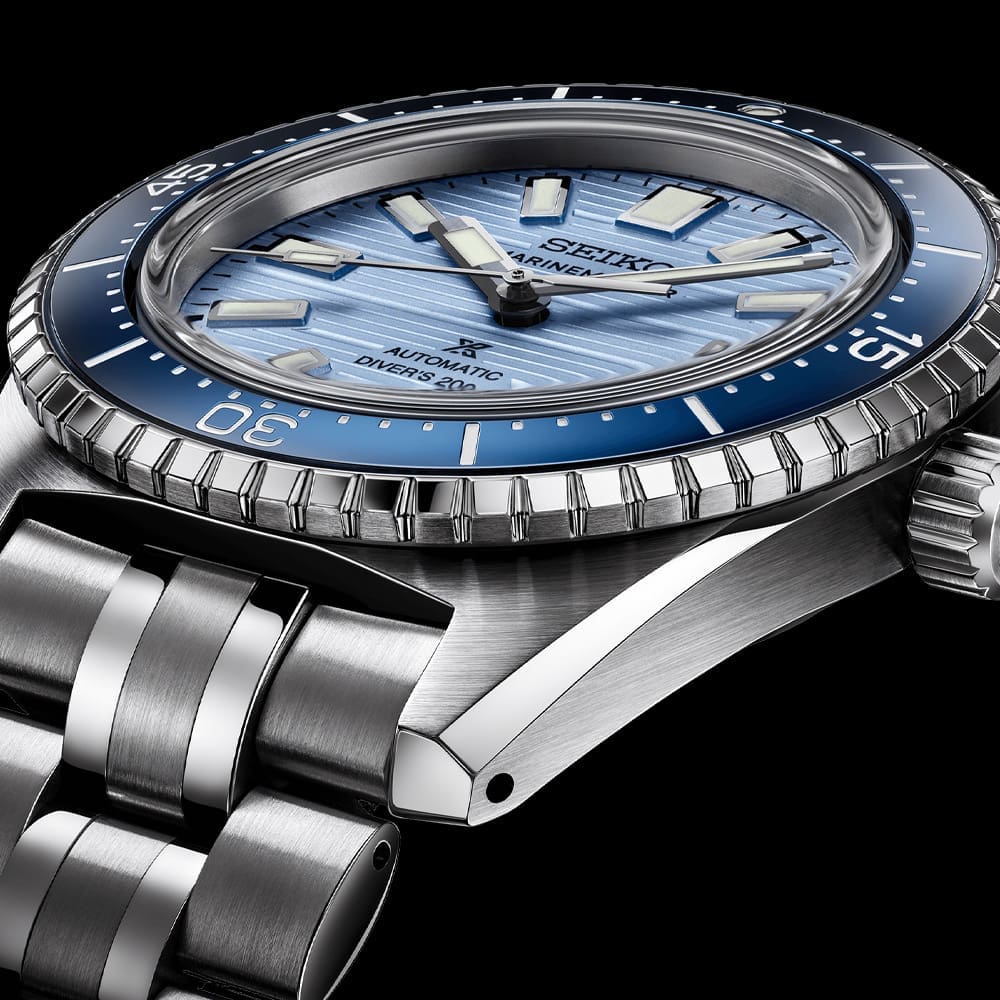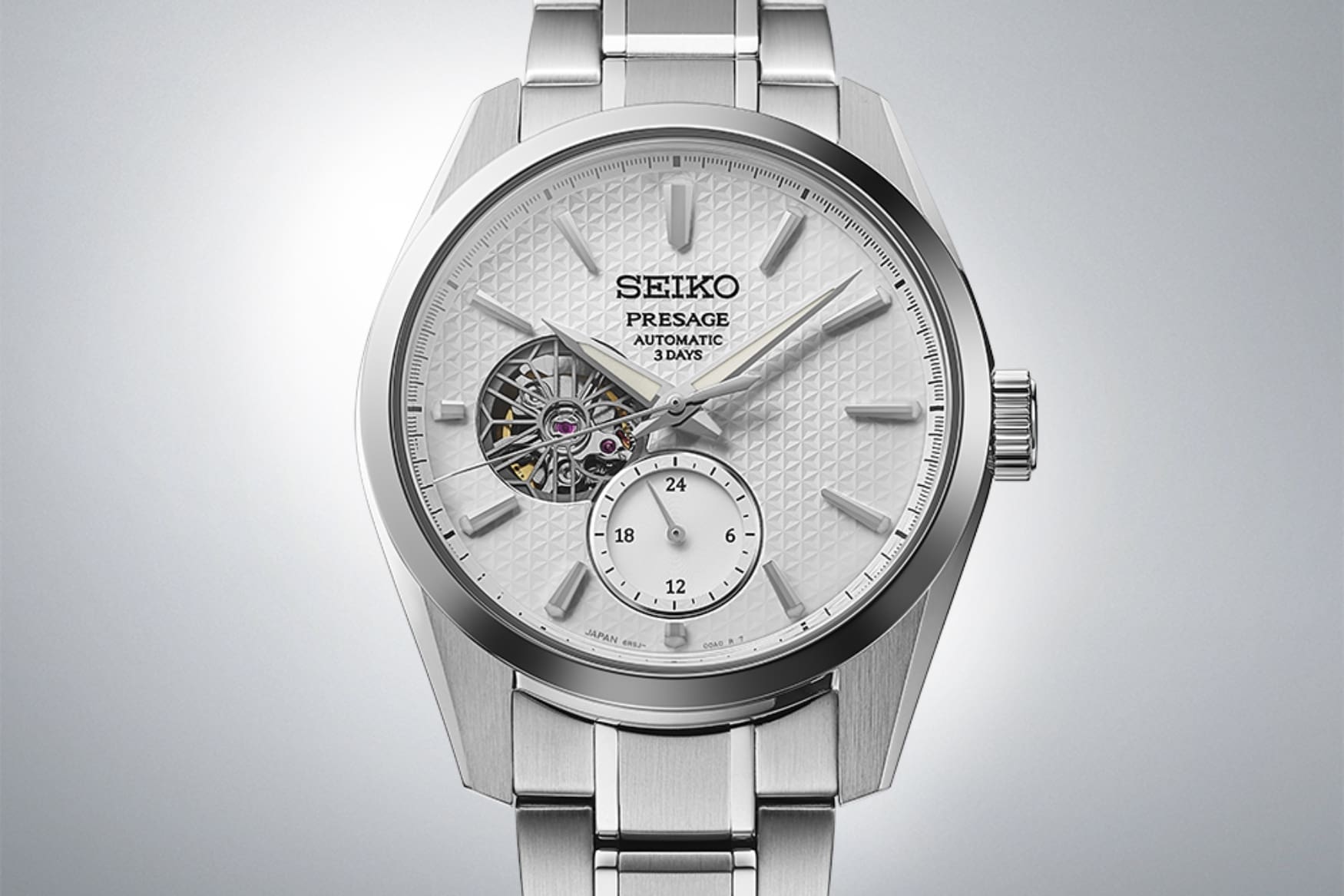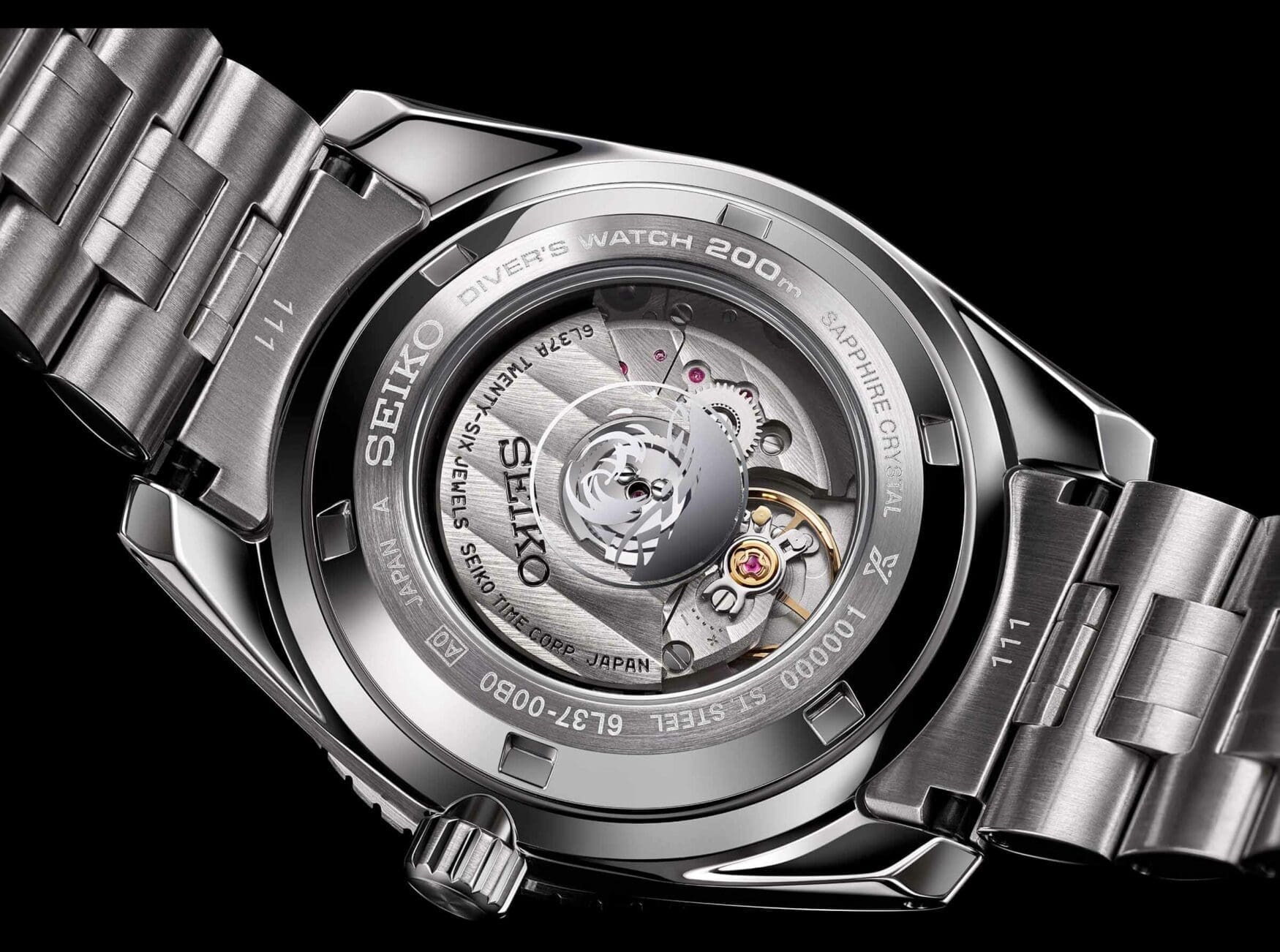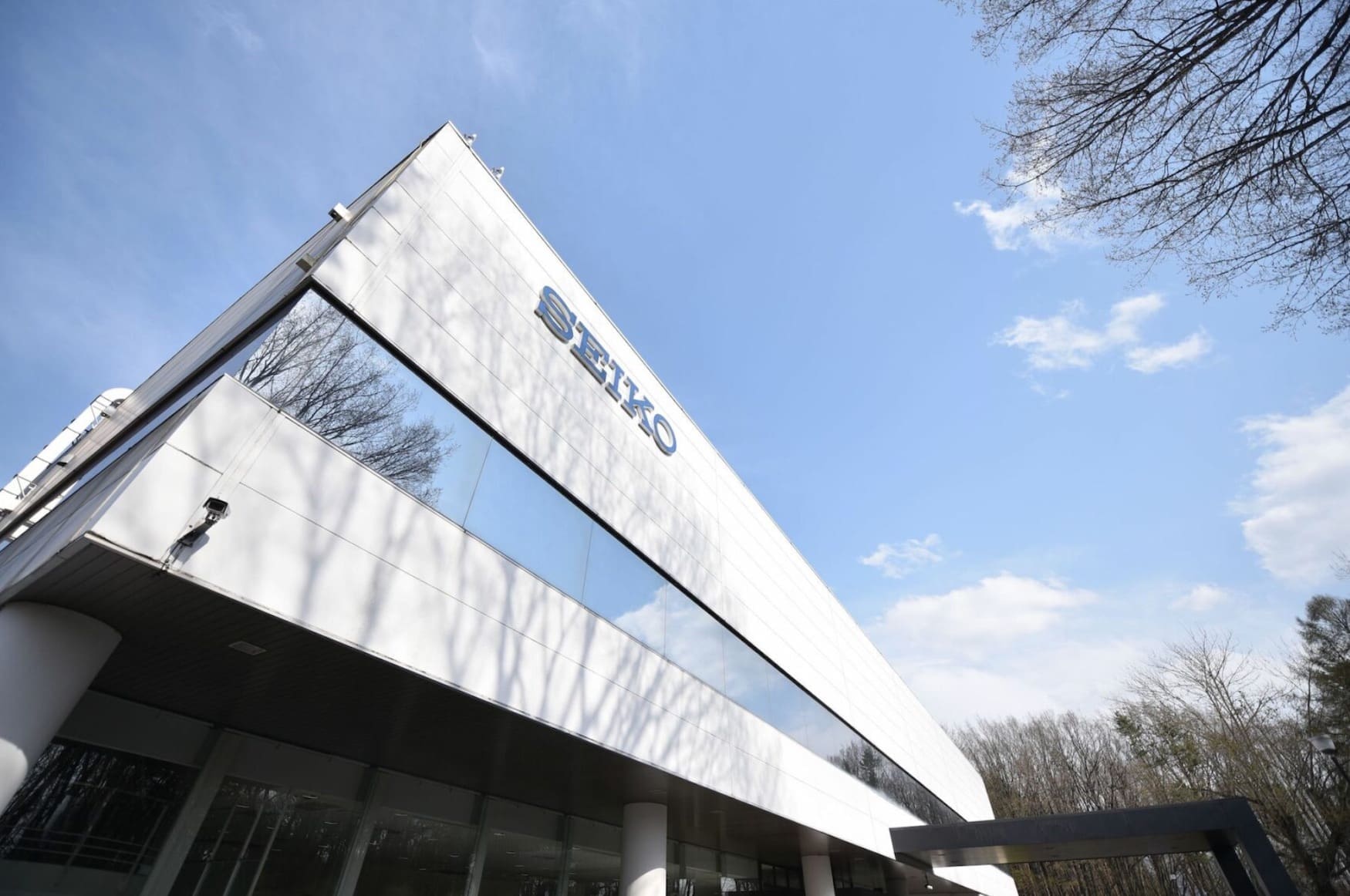Are “JDM” Seikos really that much better than normal Seiko watches?
Adam ReederSeiko has been one of the world’s most beloved and respected watch brands of the past century. The Japanese watchmaking giant started in the 1880s in central Tokyo, building their reputation on the perfect balance between quality, innovation, and value. Fans of the brand are among the most loyal consumers, buying model after model of these Japanese watches.
One thing that most Seiko lovers around the world agree on is their preference to own a Japanese-made Seiko to an international version. But is this preference well-founded? The answer is a resounding – it depends.
“JDM” versus “Made in Japan”
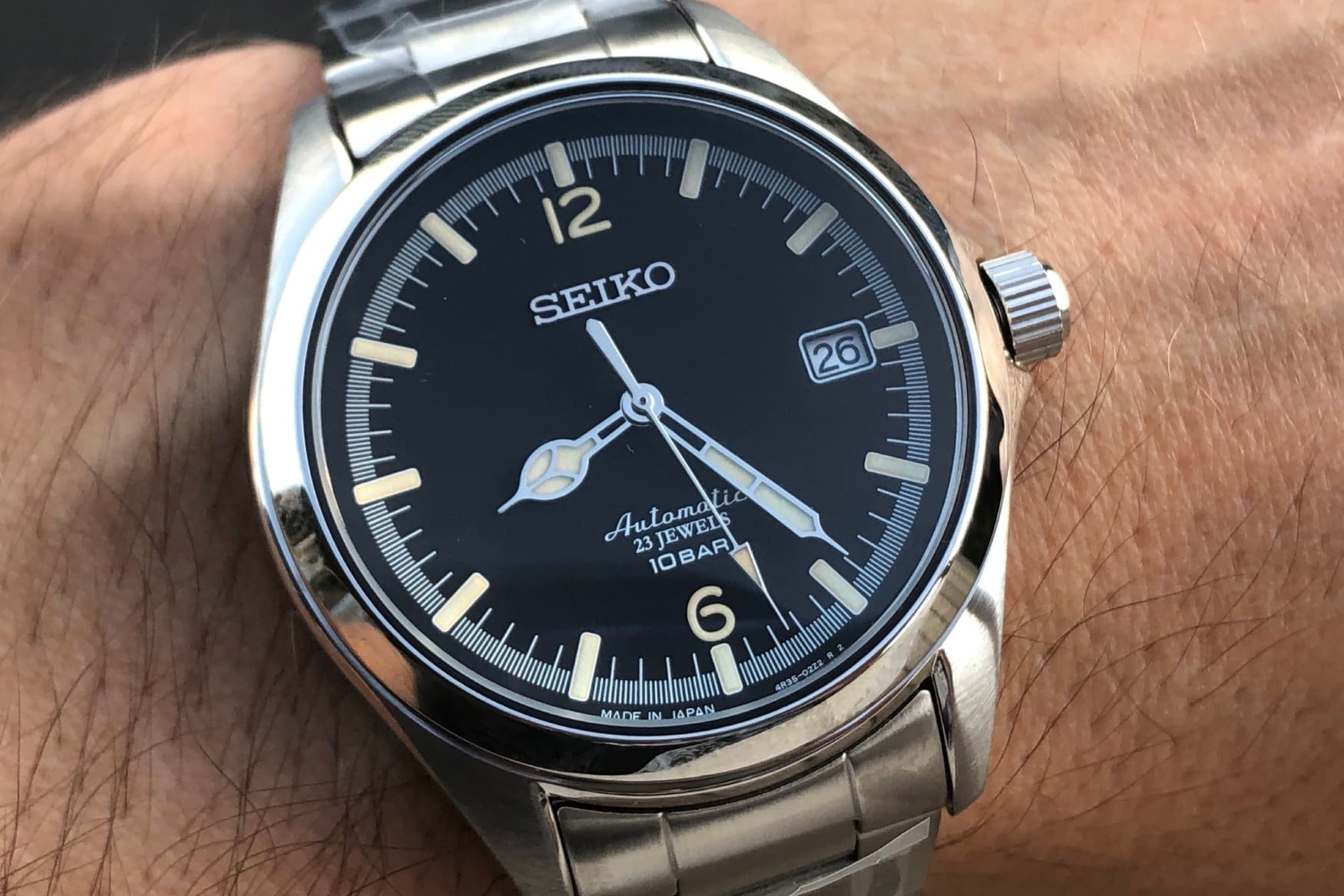
It’s worth pointing out that for this article, we’re really talking about Japanese-made Seikos as opposed to “JDM” Seikos. Japanese-made Seikos are often called “JDM” but actually, that’s a bit of a misnomer. JDM stands for “Japanese Domestic Market” – a term borrowed from the car world – and refers to Seiko references that are only sold in Japan. Many if not most JDM Seikos are indeed made in Japan, but strictly speaking, JDM does not necessarily mean made in Japan.
Hang on, not all Seikos are Japanese?
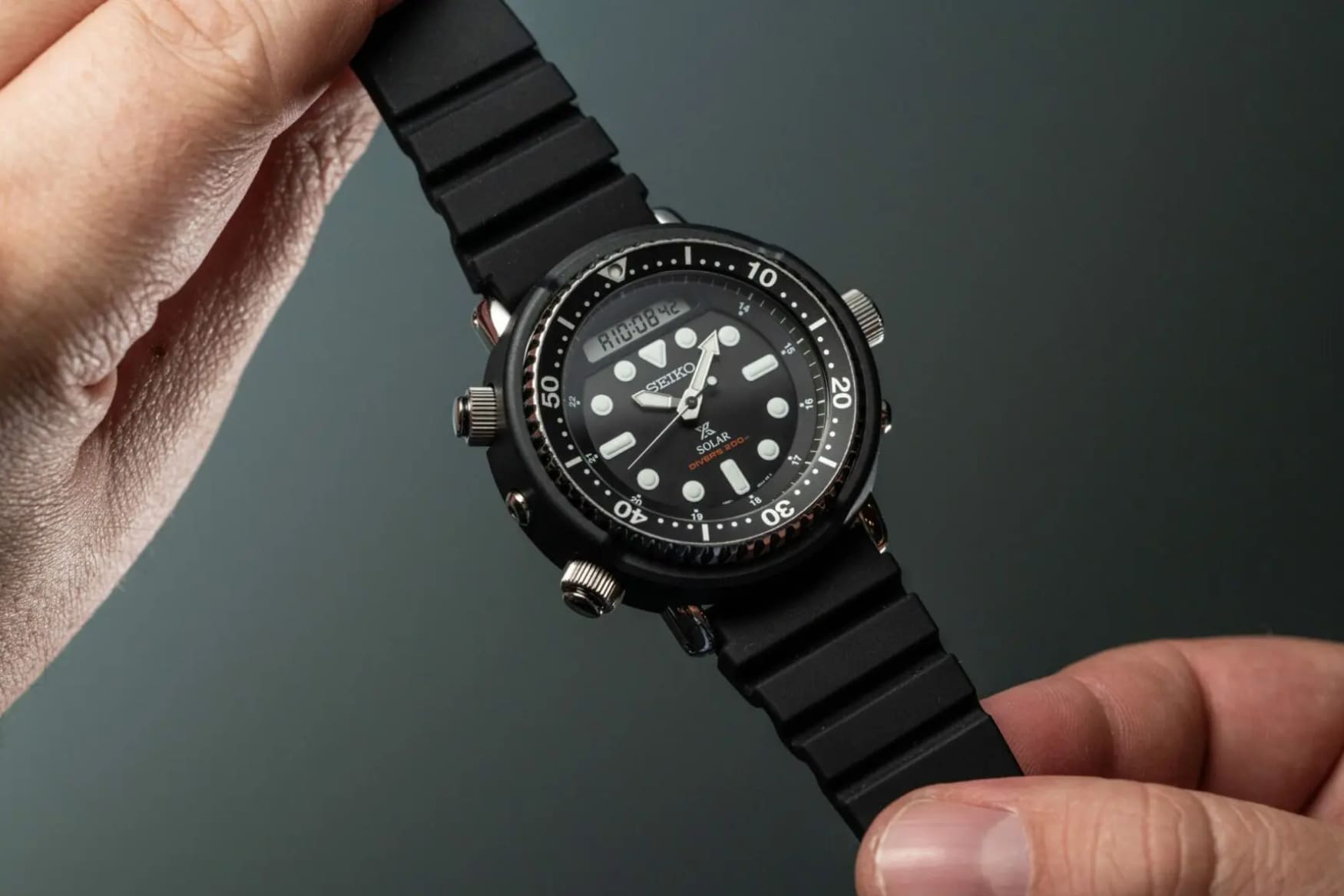
You might have thought that all Seiko watches were produced in Japan, regardless of their destination. If that’s the case, sorry to burst your bubble. They are not. Though it’s difficult to pin down exactly when the change occurred, it’s generally understood that Seiko moved some of its production facilities to Hong Kong in the early to mid-1980s. This was primarily a cost-cutting measure.
Since then, Seiko has split its production between Japan and (mostly) Singapore, Malaysia and Korea. You can easily tell the difference between a “made in Japan” model and international models by their dials and reference numbers. Most JDM versions have “Made in Japan” printed at the bottom of the dial, while most international models simply say “Japan” with the movement number at the bottom. Japanese-made Seikos will also feature reference numbers that end in J. But what does “made in Japan” actually mean, and what does it get you?
Fuzzy facts
Just as it’s difficult to find info on when Seiko started their offshore production lines, it’s not always easy to find out if “Made in Japan” Seikos are truly made in Japan. Watch forums are full of anecdotes and conspiracy theories surrounding the “Made in Japan” conundrum. Just as the Swiss have their Swiss parts percentage requirements for adding “Swiss made” to a watch, Japan has its own regulations.
On top of that, in addition to Japan’s self-regulation, every country importing a watch has its own requirements for what constitutes “made in Japan”. For the purposes of this article, let’s examine the US Trade Commission regulations (because it’s a large international market for Seiko and the regulations were easier to decipher than some others.) Then we can examine Japan’s own rules on what constitutes a truly Japanese watch.
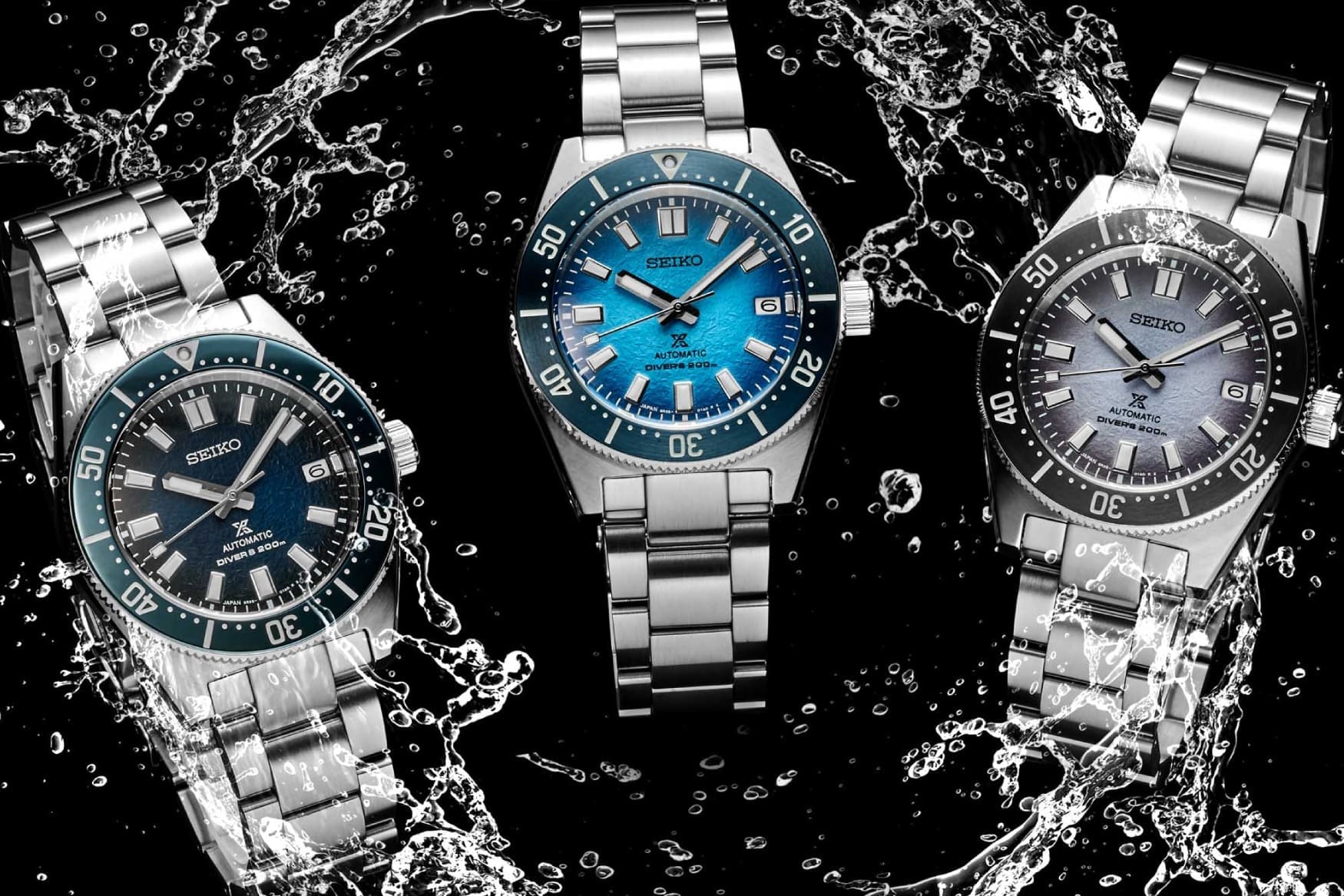
The US Trade Commission’s general guideline for all clocks and watches is that wherever the movement was assembled is the legal country of origin of the entire piece. The rule defines the movement as the “essence” of the watch and considers the hands, dial, and case as simply accessories to the movement. It also states that if the parts of a movement are manufactured in a separate country, the nation where the movement was “assembled” is still considered the country of origin for that watch.
By this definition, if the case, dial, hands, and movement components were all manufactured elsewhere, but the movement itself was assembled in Japan, then a watch, according to the US government, is considered to be “made in Japan.”
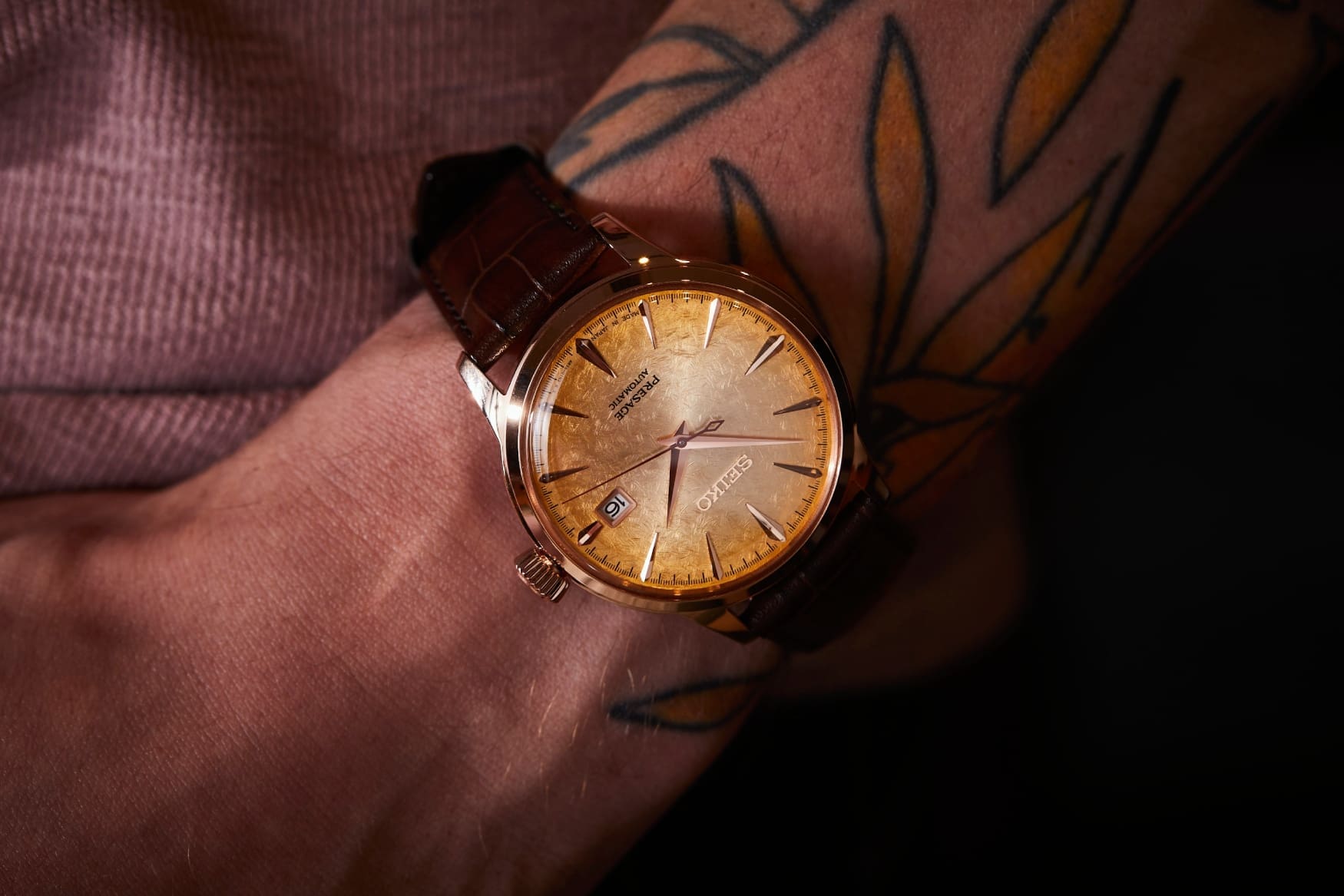
Japan is a part of the Asia-Pacific Economic Cooperation forum, APEC. The organization’s agreed-upon rules on country of origin state that the country where the watch is assembled is considered the country of origin. However, APEC does not differentiate between the movement and other parts of the watch. That said, the JWCA, which oversees watchmaking in Japan and counts Seiko as a member, uses a more rigorous guideline. JWCA member companies only print “Made in Japan” on a dial if the movement is assembled in Japan and the entire remainder of the watch is also assembled in Japan.
However, it’s important to remember, as stated above, the parts themselves could have been manufactured in any other country. As long as the movement and watch were all assembled in Japan, then the watch may be labelled “Made in Japan”. So the topic is not as straightforward as one might hope. When deciding between a Japanese-made and an international model Seiko, you may want to consider this fact.
Is it worth it?
As one would expect, the “Made in Japan” version of each Seiko tends to be a little more expensive than the international version. But is this premium worth it? To determine that we must see if there really are tangible differences between the two.
The most common argument in favour of buying a Japanese-made Seiko involves quality control. Over the past few years, Seiko has come under fire from many watch lovers for quality control issues with their watches. Many of these complaints involve misaligned handsets, misaligned bezel inserts, and dial blemishes and imperfections. These issues have likely led to a larger number of people moving toward taking the Japanese-made route. To answer the question of whether it’s worth it to choose a Japanese-made Seiko, it really depends on what you hope to get out of the purchase. There are both practical and emotional reasons for choosing a Japanese-made Seiko.
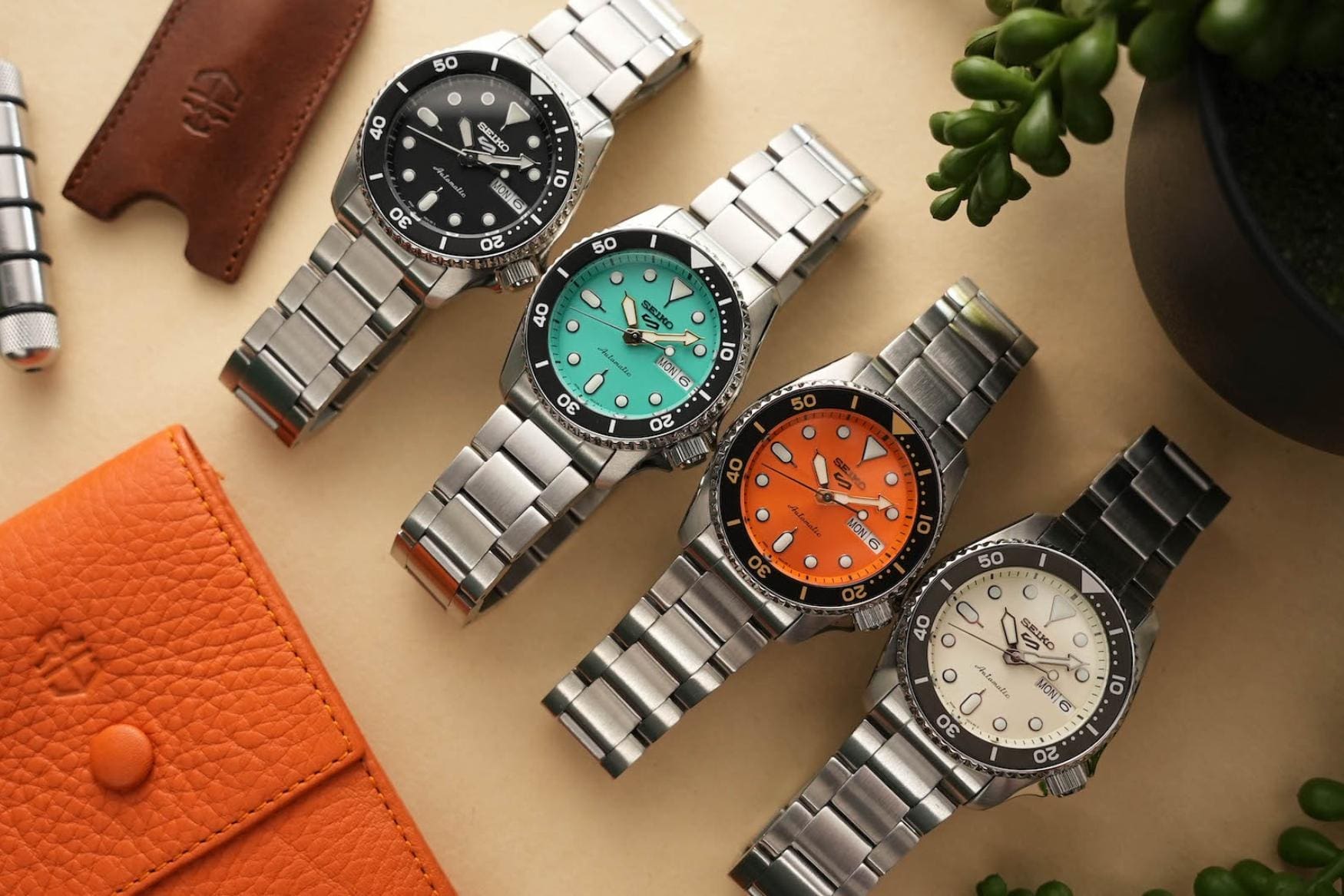
If you want to buy a Japanese Seiko because you think they have tighter restrictions on quality control, whether that’s in a Japanese factory or with a Japanese supervisor, then it may be worth it. It’s important to remember that most international Seiko models don’t have quality control issues. Similarly, it’s also important to remember that not all JDM models are pristine watches without flaws. Making any watch purchase is a gamble, but you can hedge your bets if you’re concerned about quality control.
Anecdotally speaking, there are fewer complaints about Japanese-made Seiko QC issues than there are for international market models. So if you’re primarily concerned with getting the best quality product then picking “Made in Japan” is probably a good route. However, it’s important to balance that with whether you will need and are willing to pay more.
That said, Japanese-made models are typically no more than around 15% more expensive than their internationally-made counterparts. However, don’t bother if you expect perfection. Most Seikos, even Japanese-made or JDM models, are still less than US$1,000, so you may still get a lemon. If you’re looking for utter Japanese perfection, I would go for a Grand Seiko, which are always manufactured in Japan (although, like with Seiko, some components in a Grand Seiko are sourced from overseas, just as luxury Swiss watches use non-Swiss-made components).
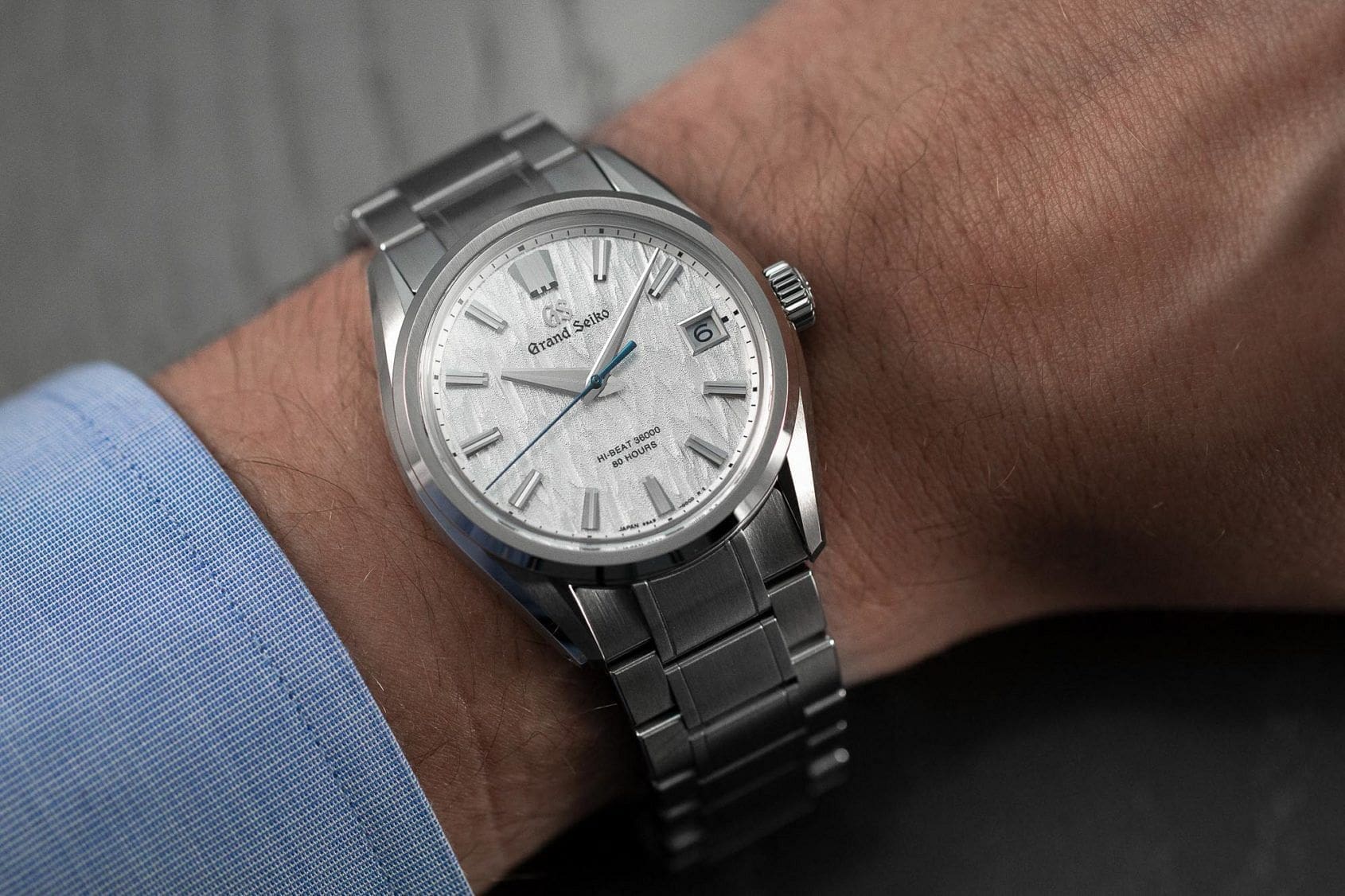
If you want a Japanese-made or JDM Seiko because you like the idea of having a Seiko that’s as Japanese as it can be, then you’ll probably be disappointed with an international model. As someone who has owned both a Japanese-made and international Seiko, I like knowing that my watch has this “special” added feature that most don’t. It adds a slight touch of exclusivity to a generally common watch. This is particularly true of JDM Seikos, as there’s that extra added exclusivity of having a watch that was never sold in your country.
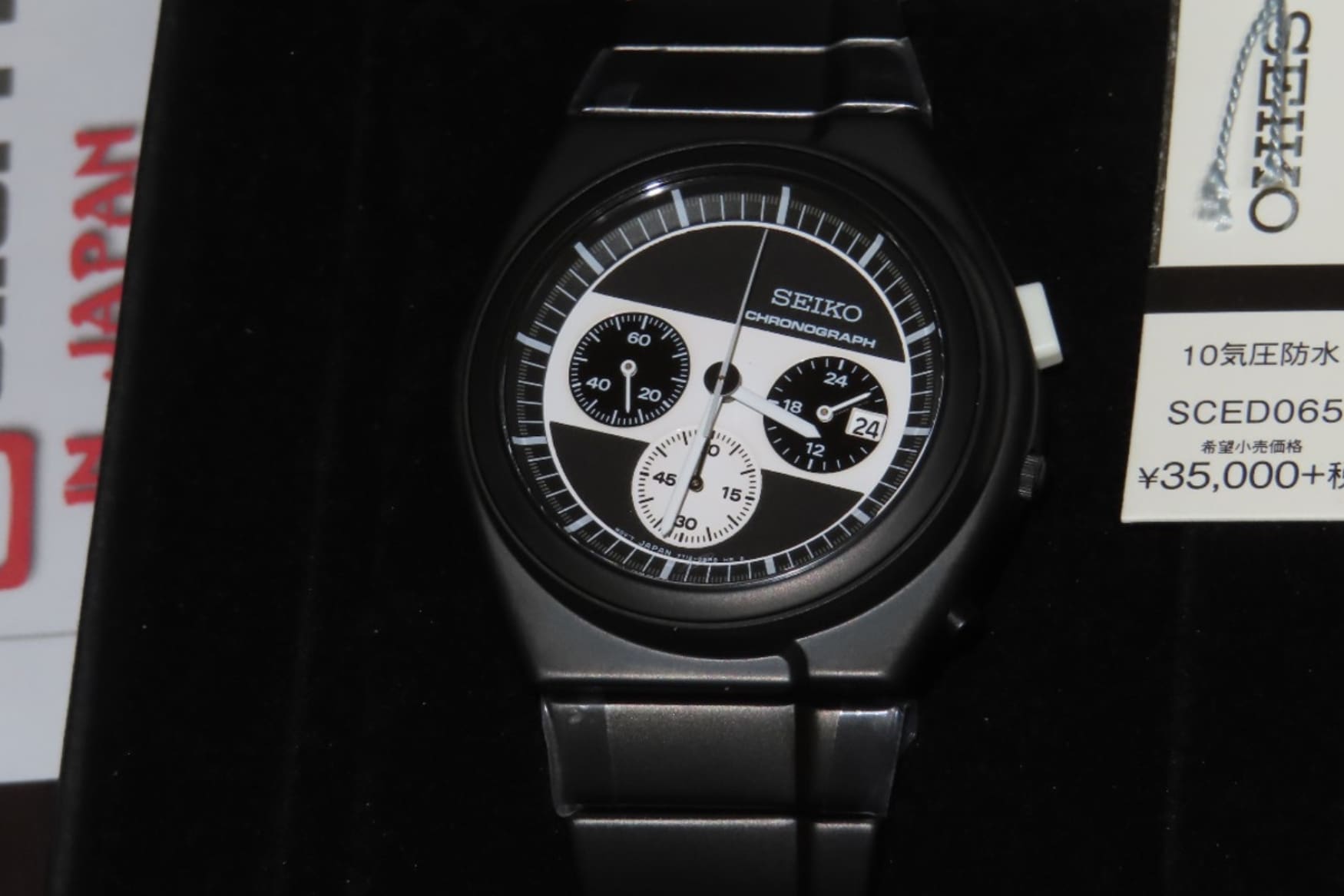
If you’re someone who enjoys the novelty of having a “made in Japan” or JDM model then it’s probably the right pick for you. As we all know, watch collecting is a pretty emotional endeavour to begin with, so choosing between a Japanese-made or JDM Seiko and an international one often follows that same path. For my purposes, spending a little extra to get a Japanese-made model of my favourite Seiko is, in fact, worth it. Nevertheless, as just about anyone in the watch community will attest, you can’t really go wrong with any Seiko, no matter where it was made.




